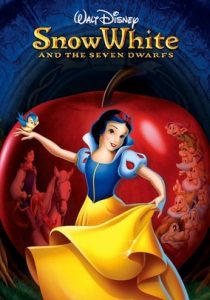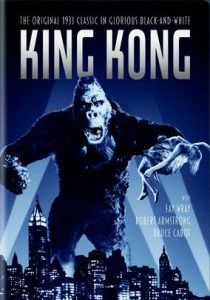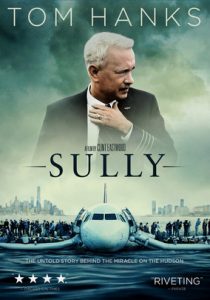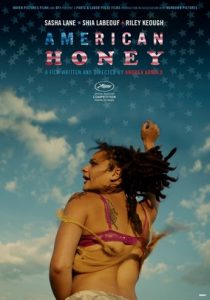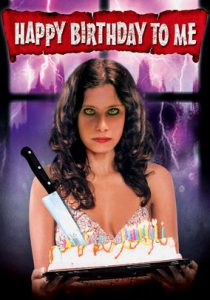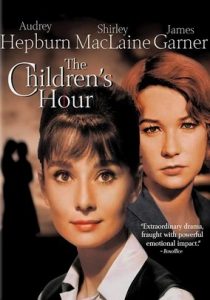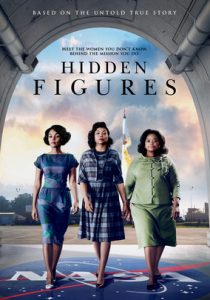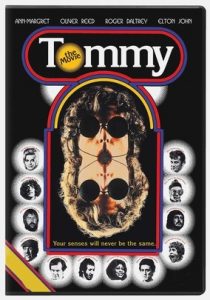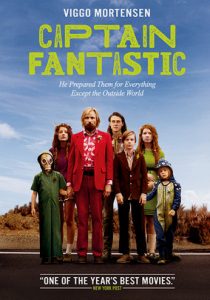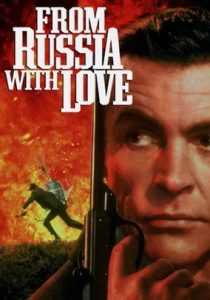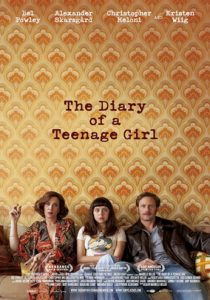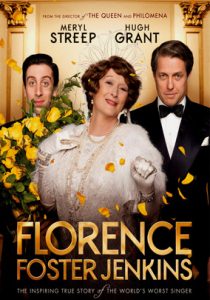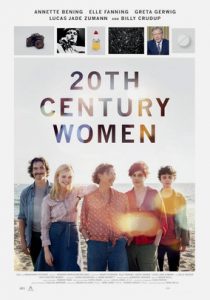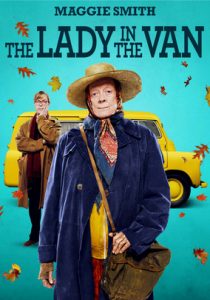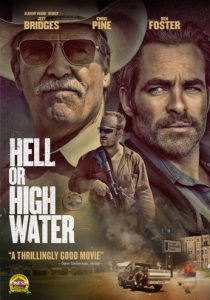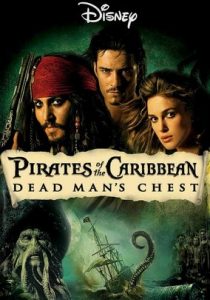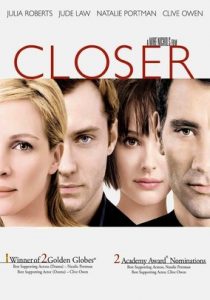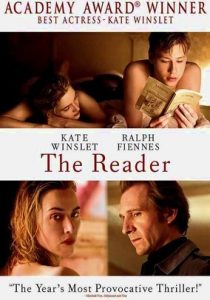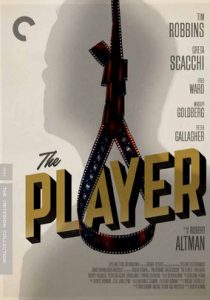Snow White and the Seven Dwarfs-1937
Director David Hand
Starring Various Voices
Scott’s Review #625
Reviewed March 18, 2017
Grade: A-
Snow White and the Seven Dwarfs (1937) is the debut feature-length production by storied producer, Walt Disney, and has the grand honor of being the first animated feature ever to be made.
Until the time of its release, animated stories were not features at all, but rather, shorts that were shown as gag-filled entertainment not to be taken very seriously.
Snow White and the Seven Dwarfs made animated films something to be appreciated and respected- the film, released in 1937, was re-released in theaters many times until the 1990s and is a blueprint for what animated features would become.
The film is based on the famous Brothers Grimm fairy tale and is a cherished treasure.
Beautiful inside and out, Snow White is a lonely princess who lives with her devious wicked stepmother, the Queen. Making the most out of her troubled life, Snow White hums and sings with her bird friends who gather to keep her company as she is forced by her stepmother to work as a scullery maid.
The Queen is a vain woman, jealous of Snow White’s natural beauty, constantly consulting her mirror to ask “who is the fairest one of all?”.
One day the Queen decides to put an end to Snow White and orders a henchman to kill her in the forest and return her bloody heart to her in a box. When the henchman is unable to do the deed, he pleads with Snow White to flee.
She winds up in a little cottage housing seven dwarf men whom she befriends as the Queen is determined to take drastic measures to find her.
Circa 1937, and for years to come, animated features were not created as they are today. Rather, they were simplistic- and wonderful- in the use of storyboards and drawings in their creation.
This daunting task, and the creativity involved, make them just lovely to look at.
Since Snow White and the Seven Dwarfs was the debut animated feature, the drawings are fantastic to view- like pictures- and to appreciate the craftsmanship involved.
The characters are richly created, with bright, vivid colors that distinguish them from one another- the bright red lips of Snow White and the blue and gold colors of her dress contrast with the regal purples used on the Queen, to say nothing of the deep red color of the poison apple.
The color makes the apple appear delicious, but also dangerously blood red. These nuances make the characters deep with texture.
The friendships Snow White makes with the dwarfs and the animal life in the forest are whimsical and filled with love and the animal element later would become a staple of Disney’s works- Dumbo and Bambi.
The animals are naturally fond of Snow White because she is joyous and kind- they in turn warn her of impending danger as the Queen turns herself into an old woman and lumbers towards Snow White, snug in the cottage.
Snow White and the Seven Dwarfs features an old-style romance- the handsome Prince takes a shine to Snow White, noticing her natural beauty as she sings and later determined to save her- which of course he does when he magically kisses her in the finale of the film.
The songs featured only enhance the love story- “Some Day My Prince Will Come” is a lovely ode to romance and is tenderly sung by Snow White as she longs for the Prince’s touch, frustrated with her life.
The creation of the seven dwarfs is done magically and seven little men living together seem quite natural in those innocent times.
Each distinctive from the other- Dopey being my personal favorite in his innocence and playfulness- Happy, Doc, Grumpy, Sneezy, Sleepy, and Bashful are all written with great zest as we fall in love with each of them from the first moment we meet them as they belt out “Heigh-Ho” in unison.
Since Snow White and the Seven Dwarfs deserve merit for being Disney’s first, overlooked can be the omission of any family members of Snow White’s besides the evil Queen. Where are Snow White’s father and mother? Any siblings? Certainly, they are presumed dead, but they are never mentioned.
Also, why does the Queen have a Magic Mirror and why does she have special powers that nobody else has?
At one hour and twenty-three minutes, Snow White and the Seven Dwarfs is a quick film but does not feel underdeveloped. The story and the characters are rich with appeal and intrigue making the film a classic that should be shared with all youngsters.
It is a classic tale of good versus evil, a great love story, and sets the tone for other Disney masterpieces to follow.
Oscar Nominations: Best Scoring
